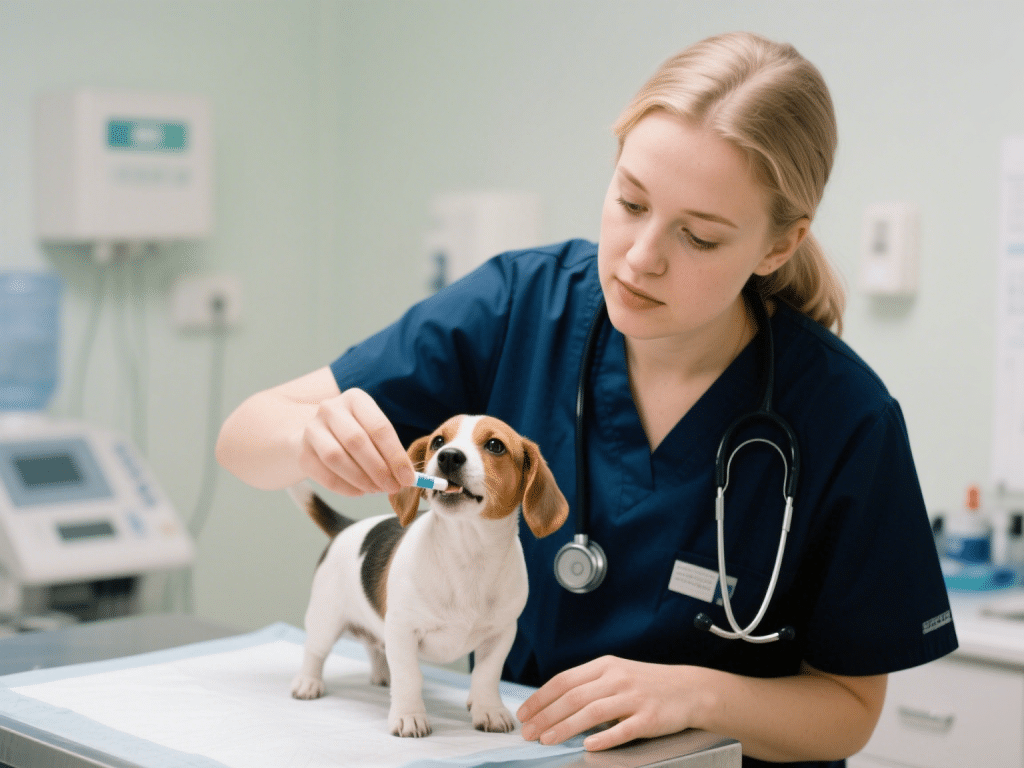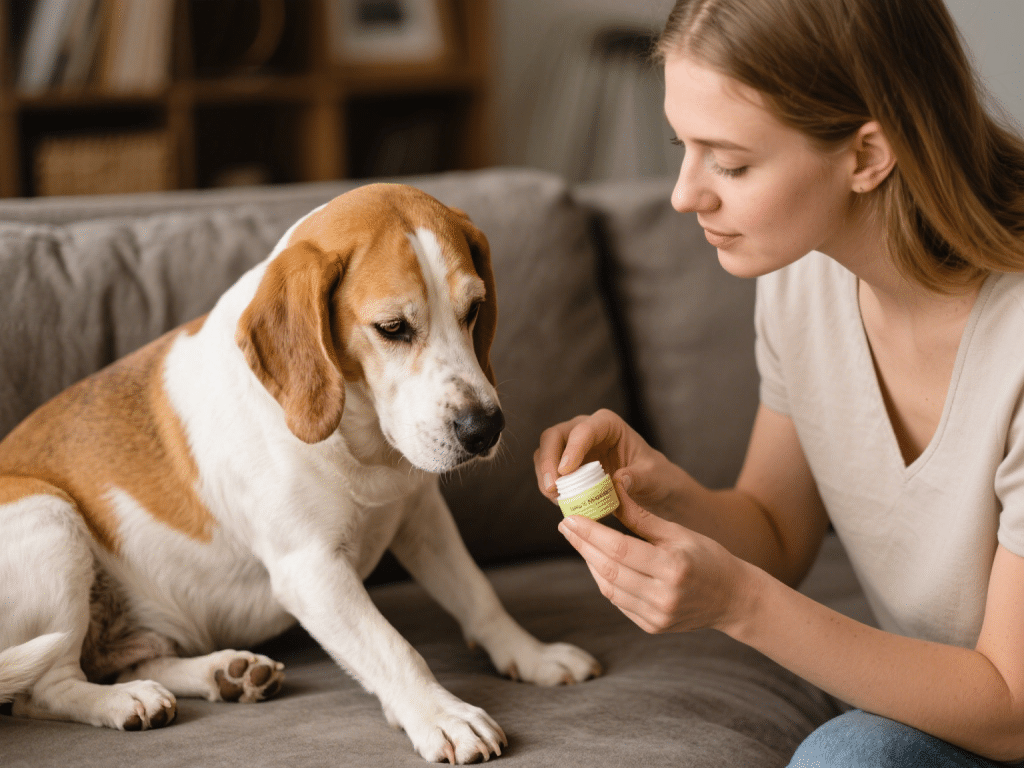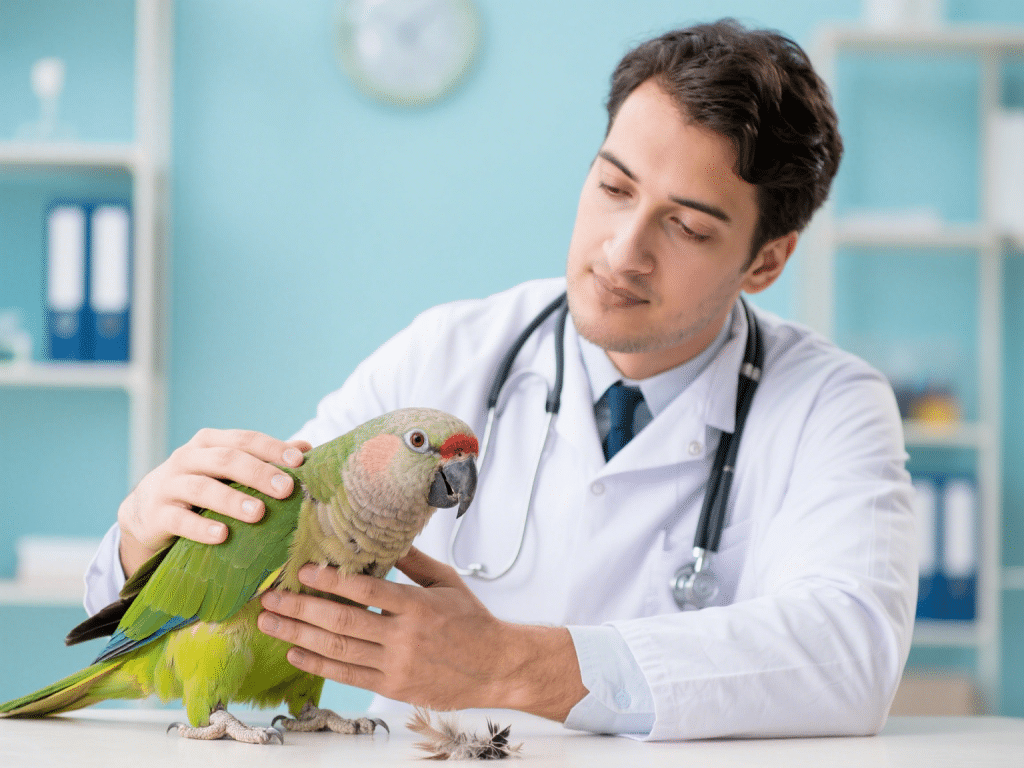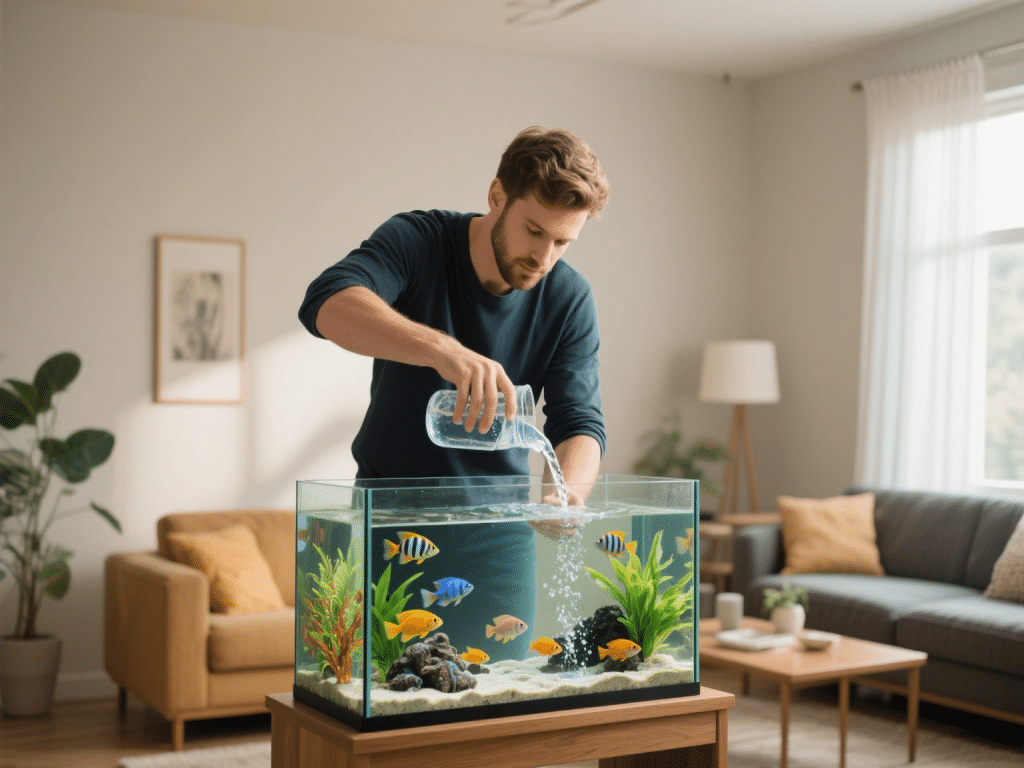RECOMMENDED NEWS

Safe Parasite Control for Small Breed Puppies
Parasites pose a hidden threat to our tiniest canine companions. Drawing on my background as a canin...
Read More →
Socializing Kittens: Techniques for Raising Well-Adjusted Cats
The critical socialization window for kittens spans 2 to 9 weeks of age. Proper exposure during this...
Read More →
DIY Homemade Flea Collars: Safe and Effective Recipes
Fleas can turn a peaceful household into a scratching nightmare. Commercial flea collars often conta...
Read More →
Natural Remedies for Itchy Dog Paws: Safe Solutions That Work
Itchy paws are one of the most common complaints from dog owners — and they can quickly become a p...
Read More →
How to Help Your Bird Recover from Feather Plucking
IntroductionFeather plucking is a serious issue often rooted in medical, behavioral, or environmenta...
Read More →
Essential Fish Tank Maintenance Schedule for Beginners
IntroductionProper maintenance is vital for a healthy aquarium. Beginners often underestimate the ta...
Read More →
Preparing Your Pet for Life in an Apartment: A Beginner’s Guide
IntroductionMoving into an apartment presents unique challenges and opportunities for pet owners. Li...
Read More →
How to Make Your Backyard Safe for Pets Year-Round
IntroductionA safe backyard is essential for pets to explore and exercise freely. Seasonal changes c...
Read More →
Tips for Introducing a New Puppy into a Home with Cats
IntroductionBringing a new puppy into a household that already has cats can be rewarding but require...
Read More →
Comments on "Is Your Pet Drinking Enough Water? Hydration Tips and Signs" :